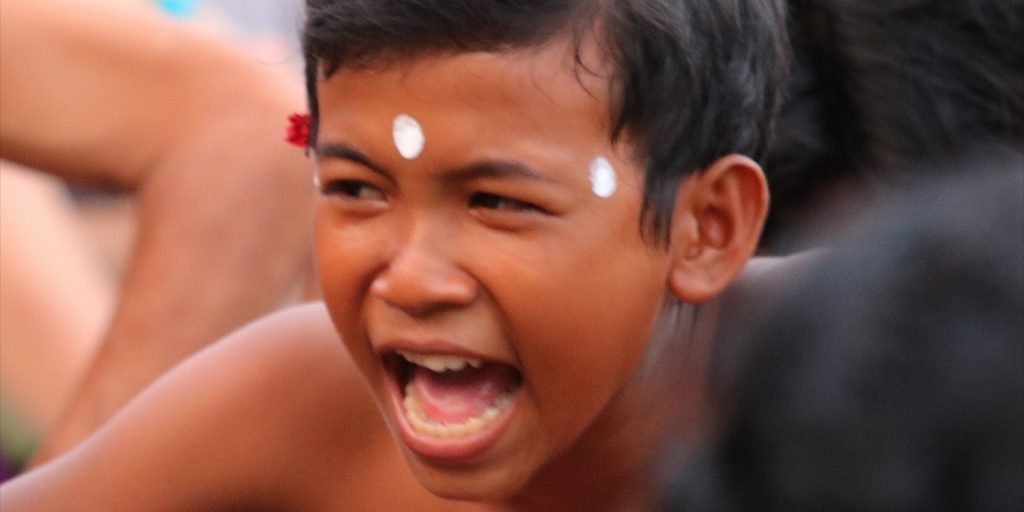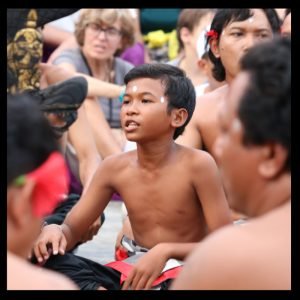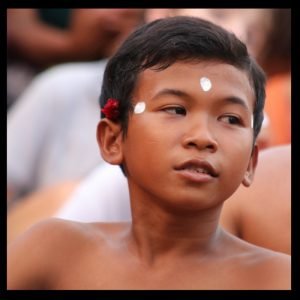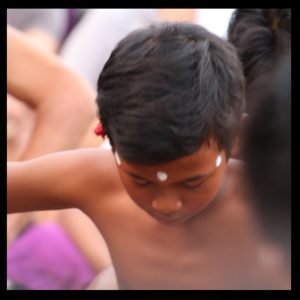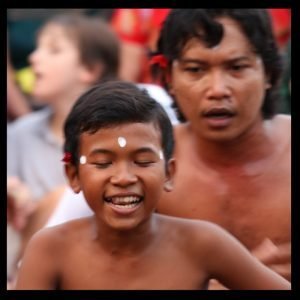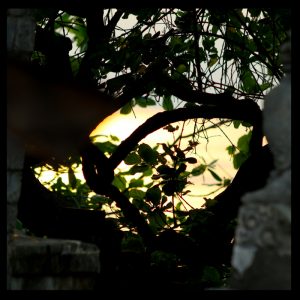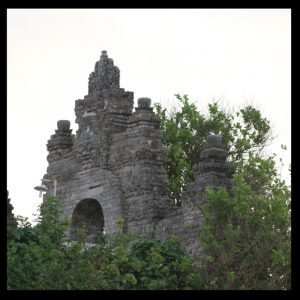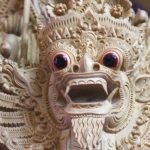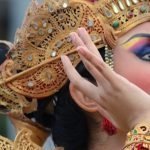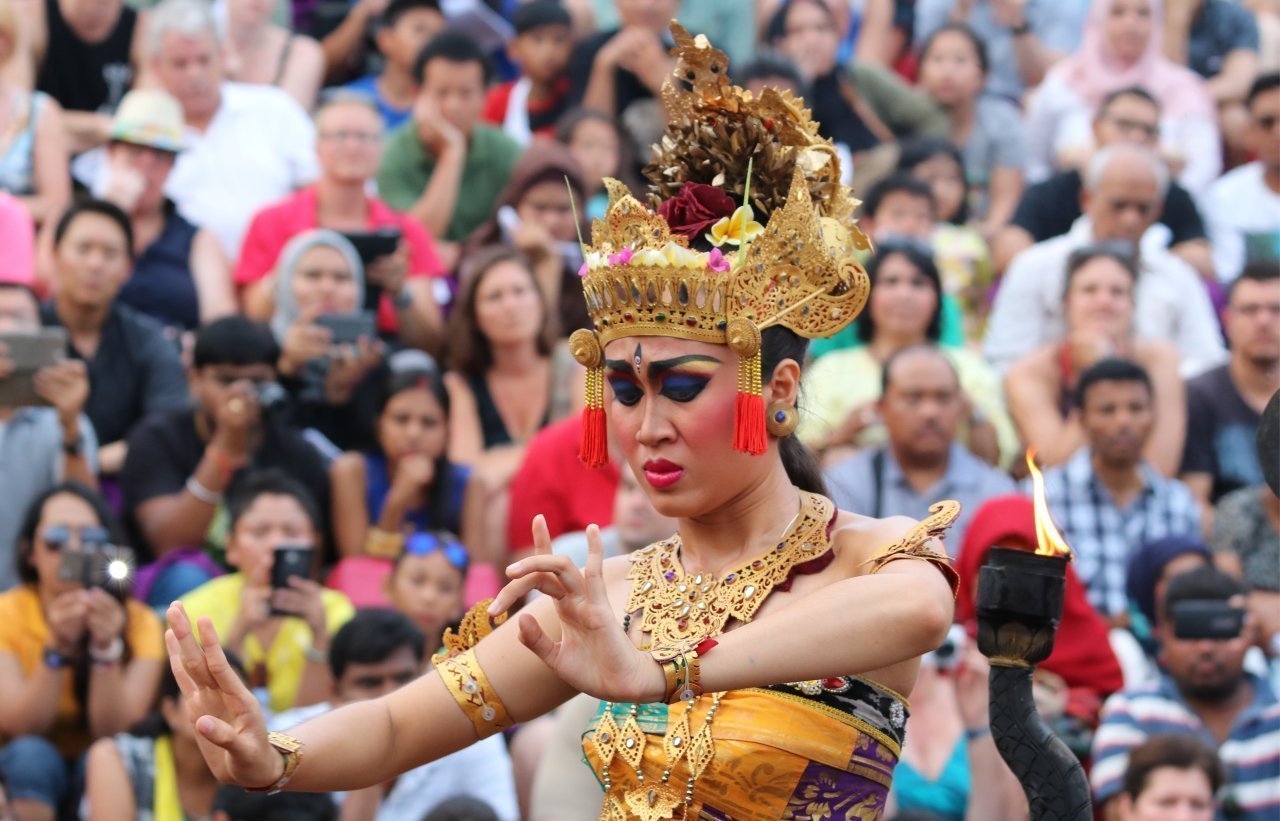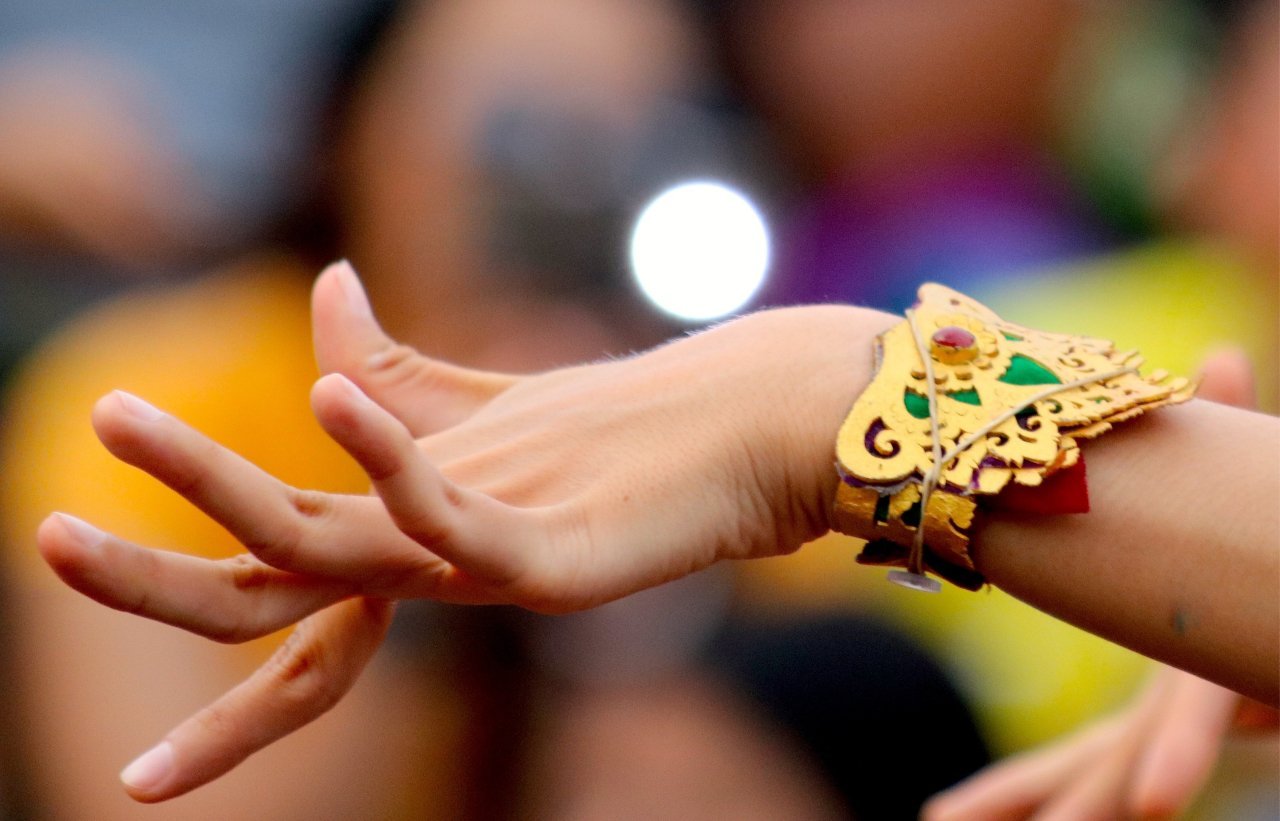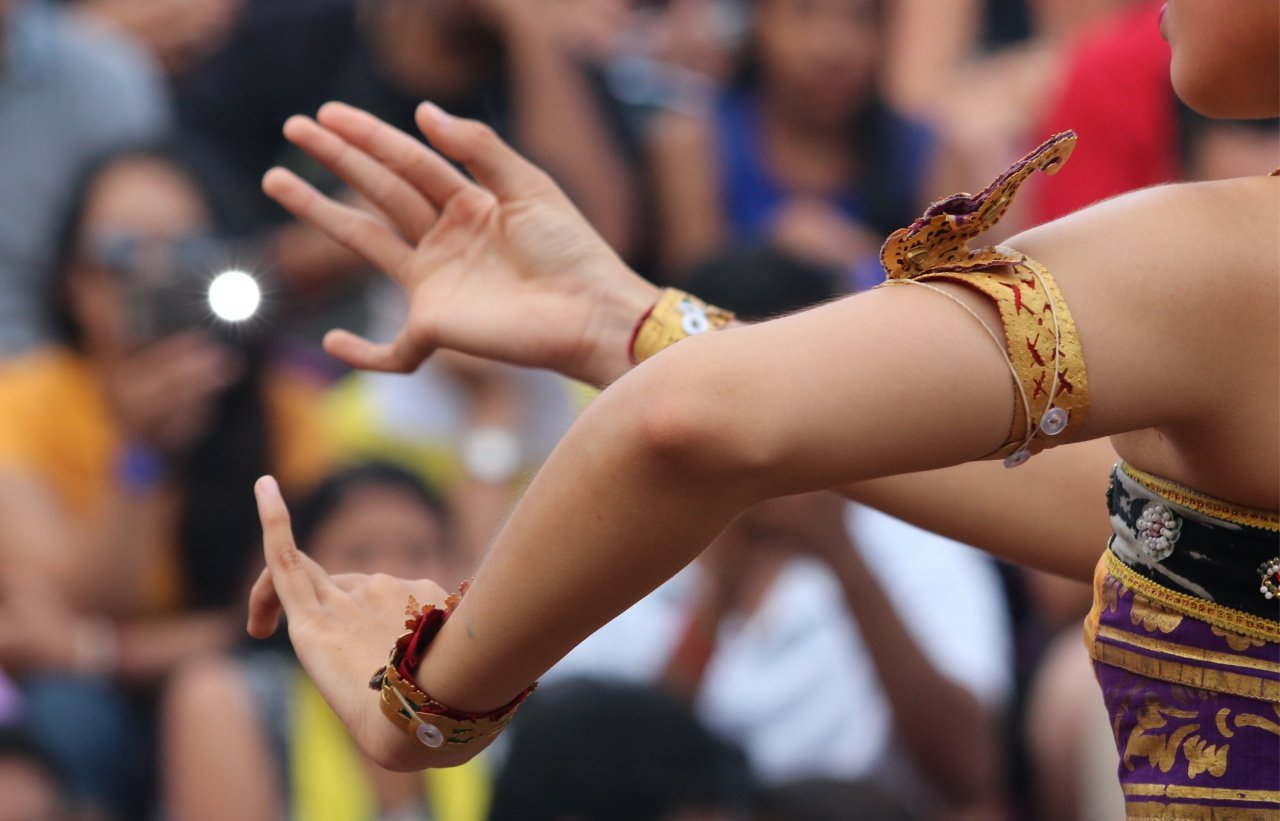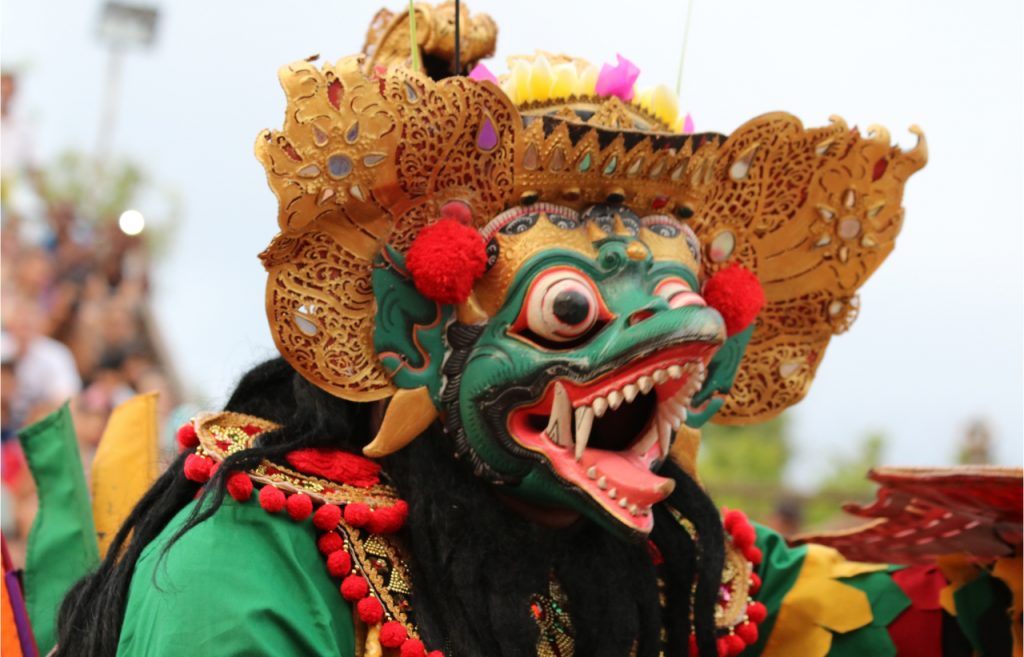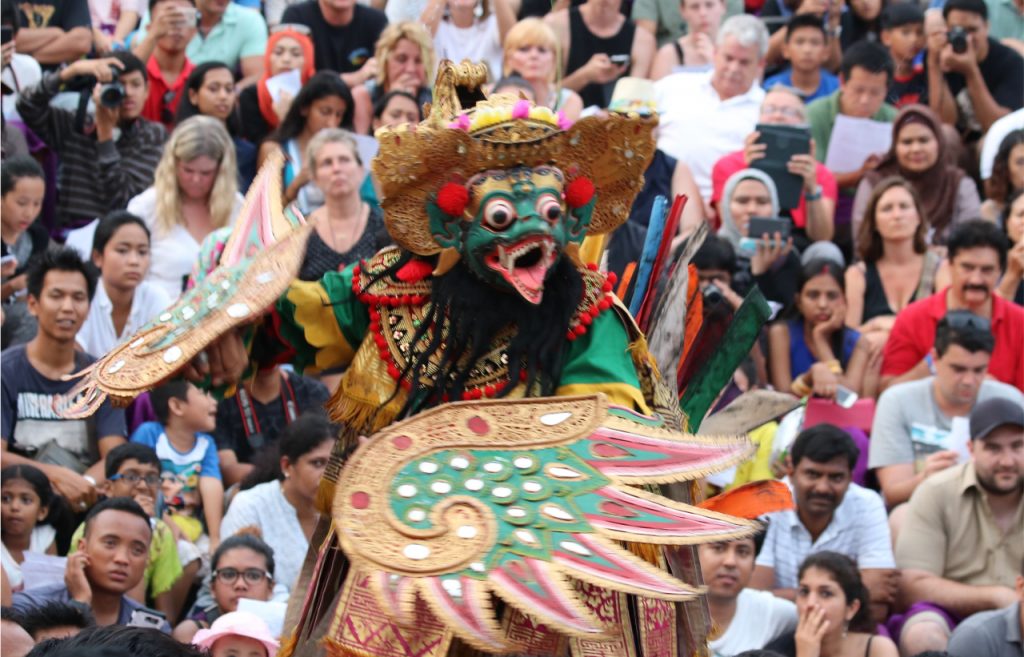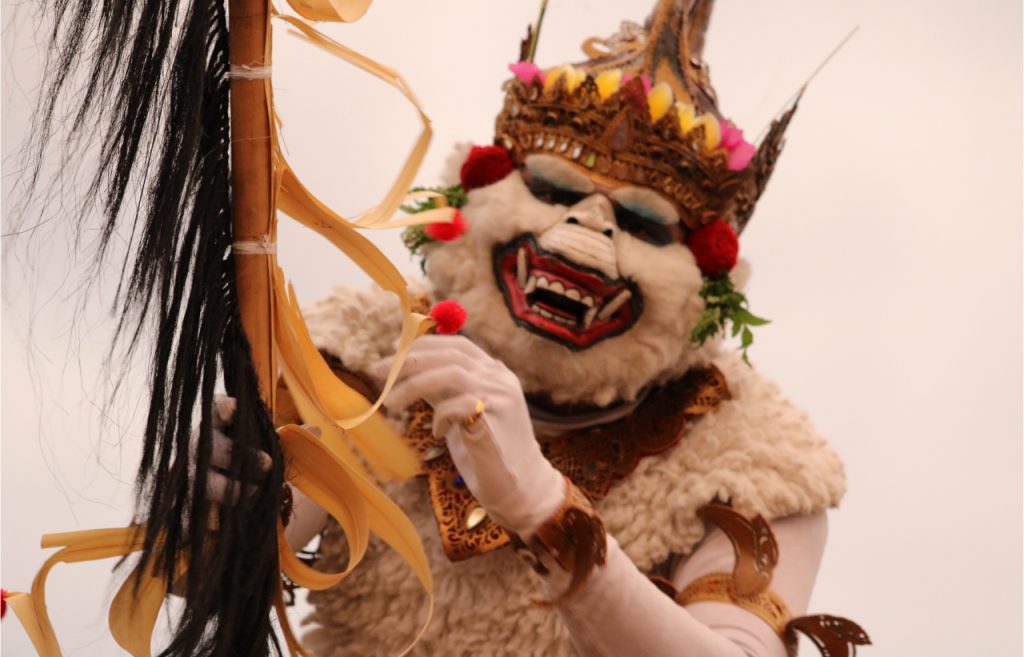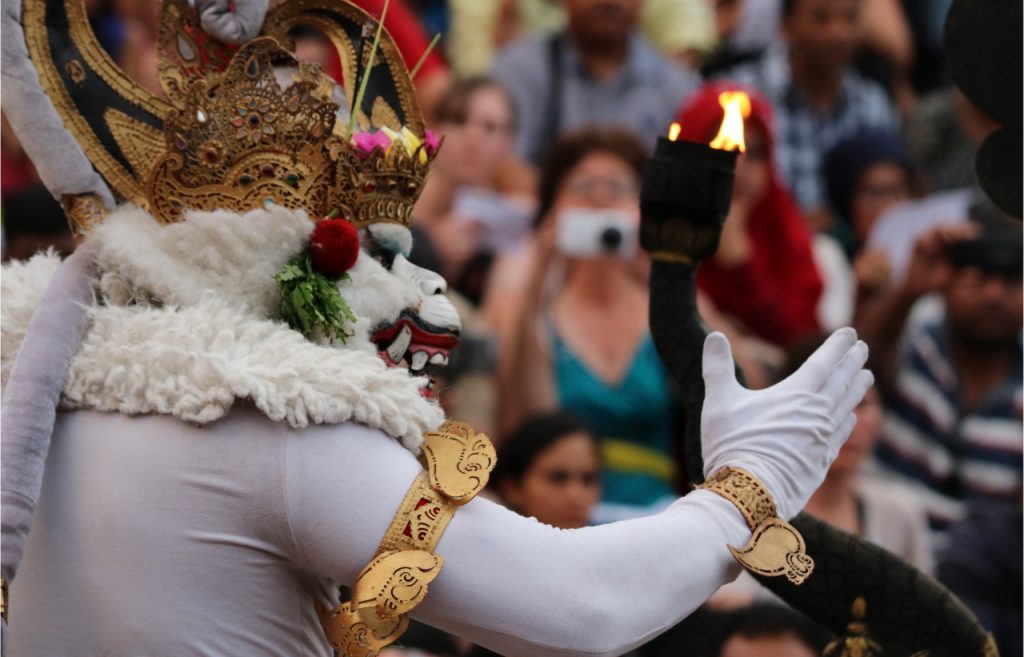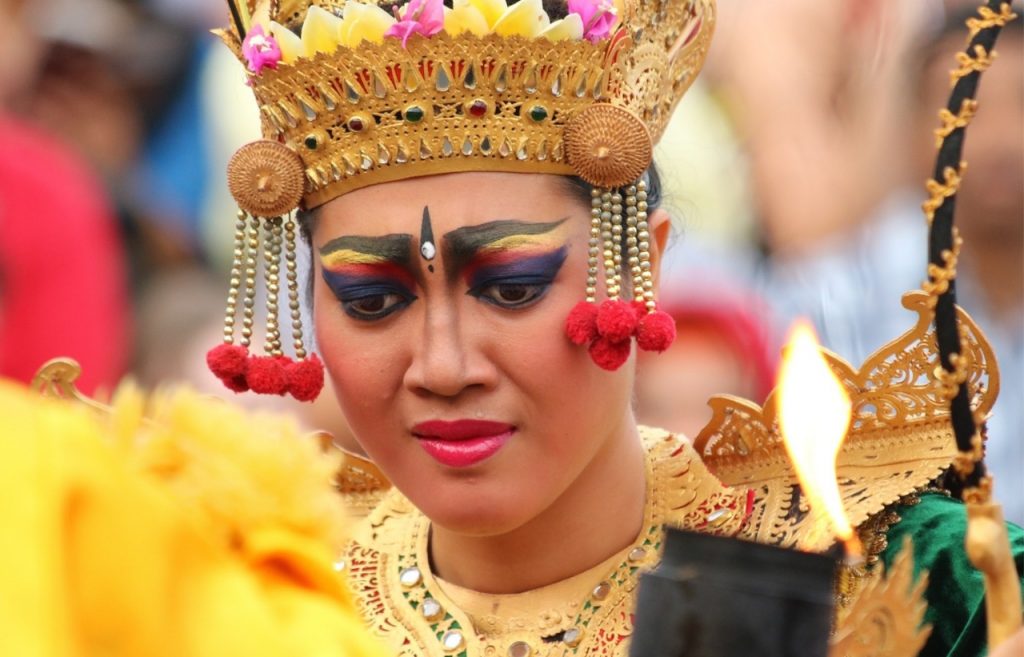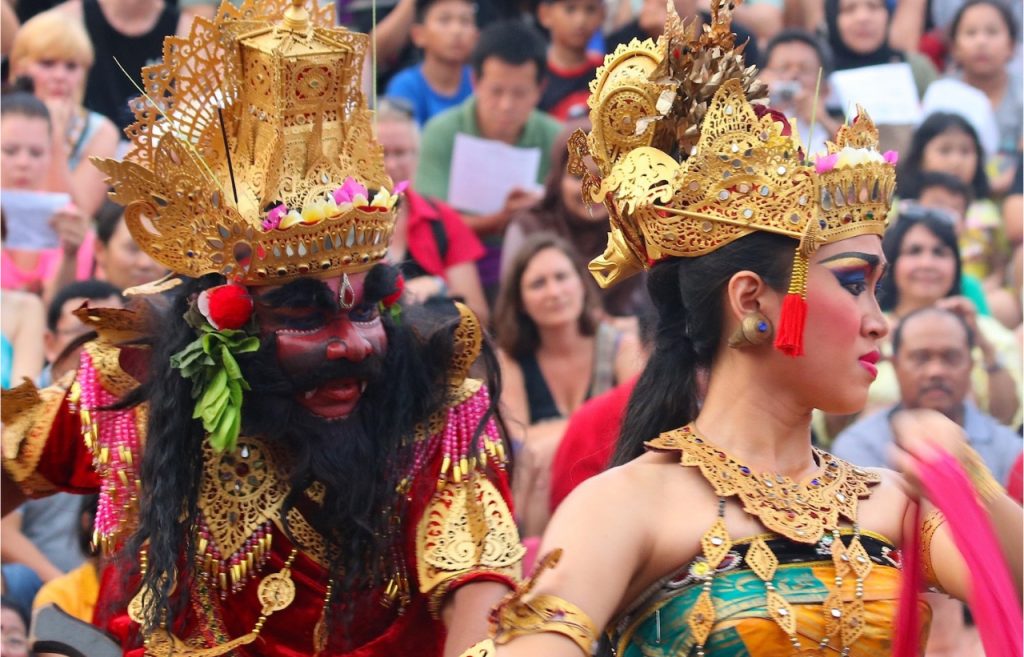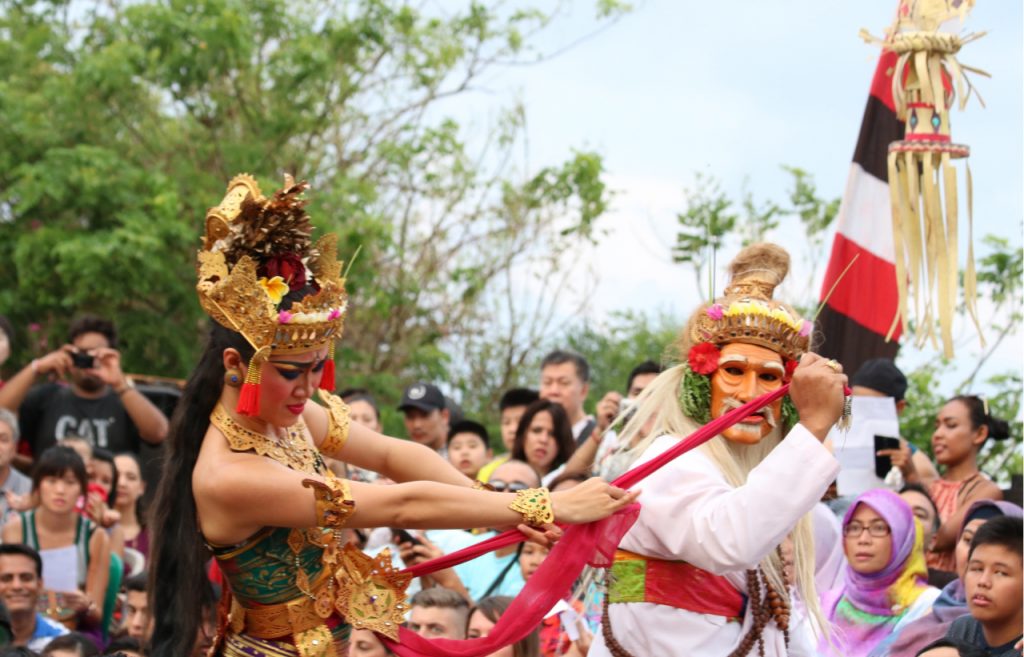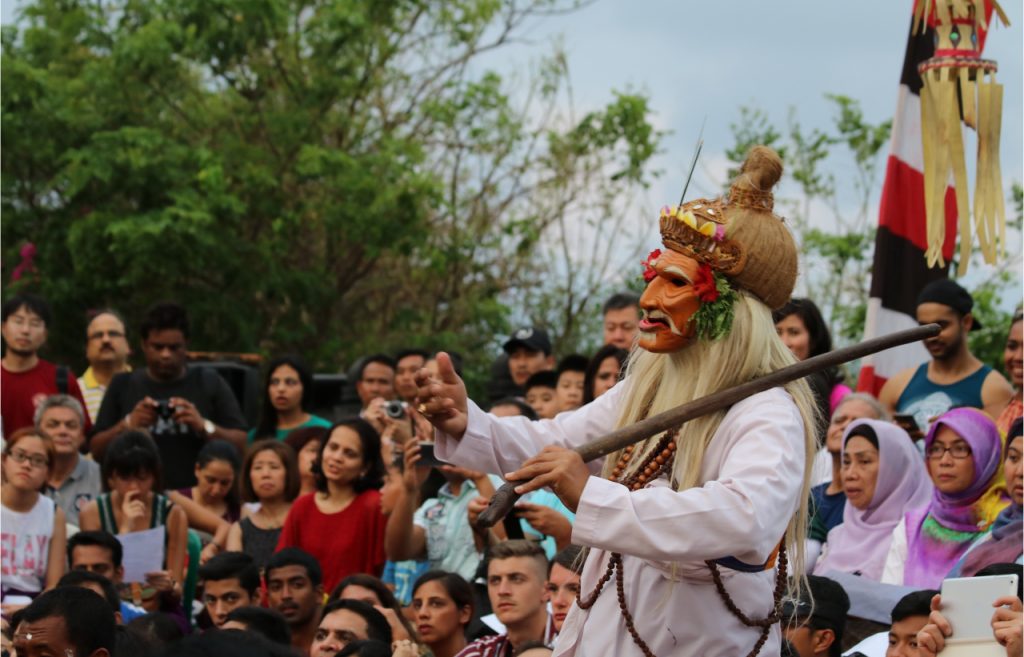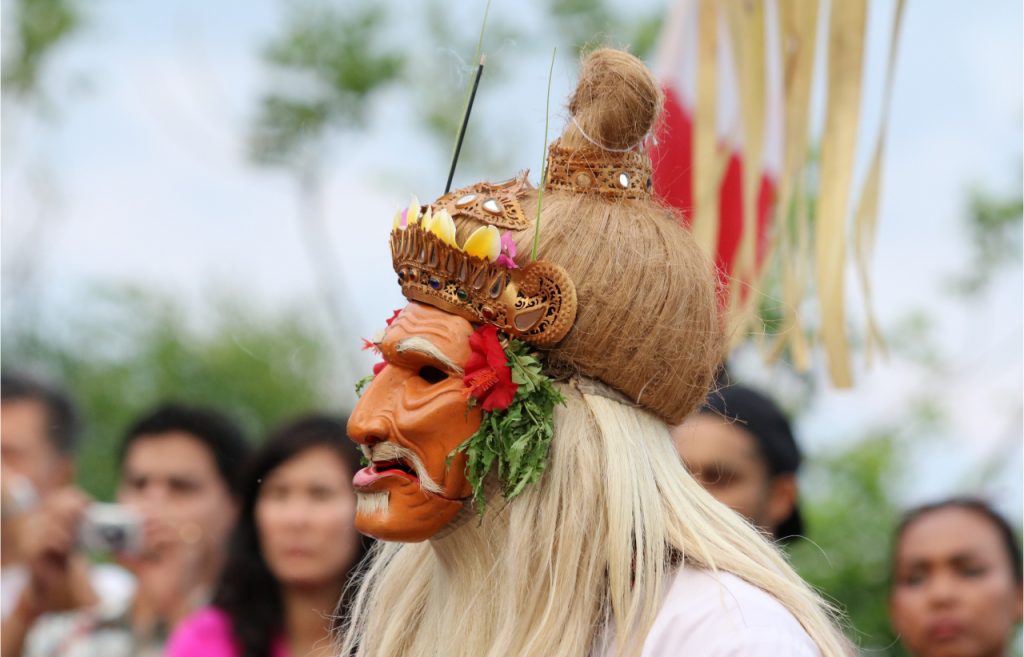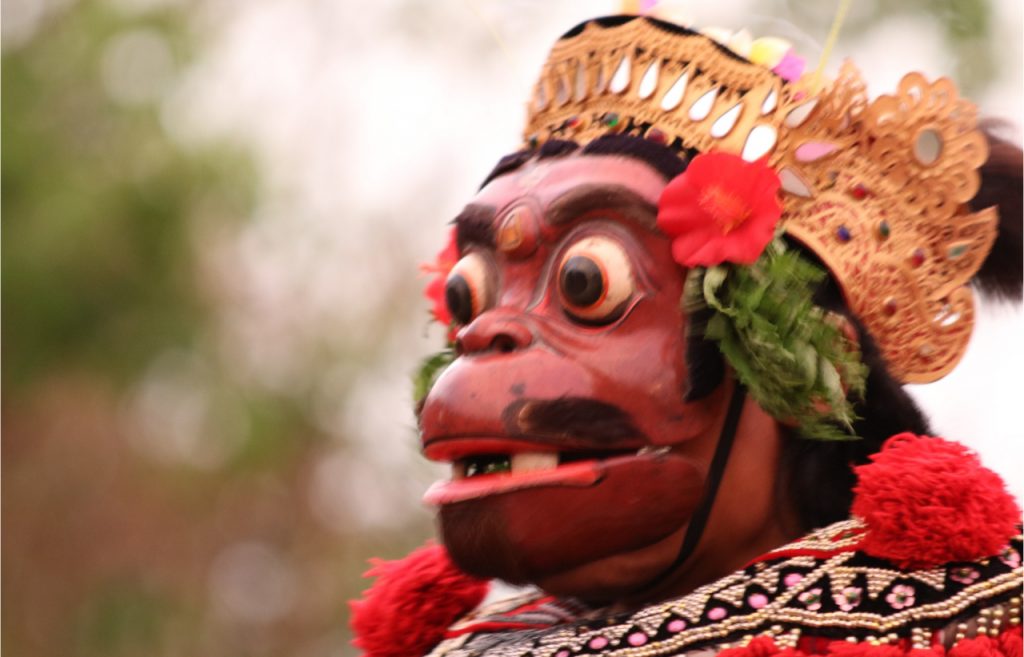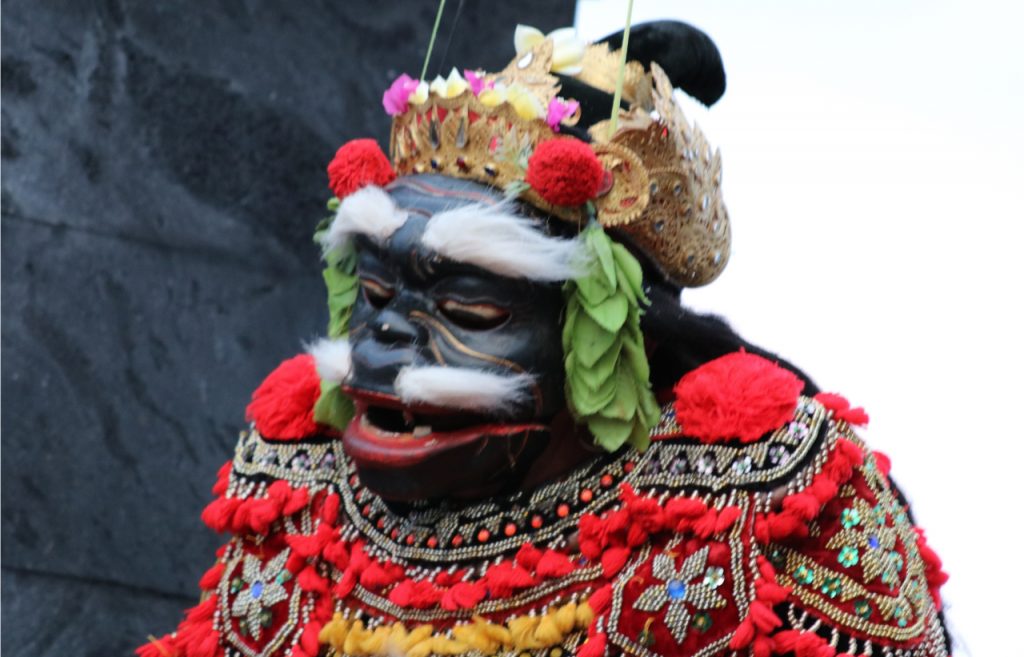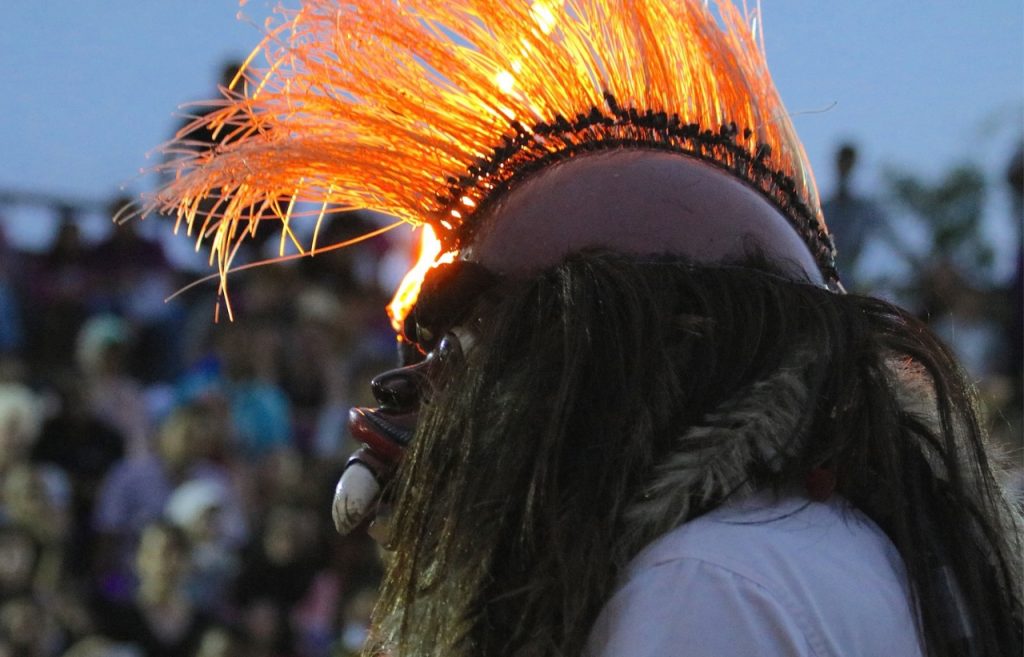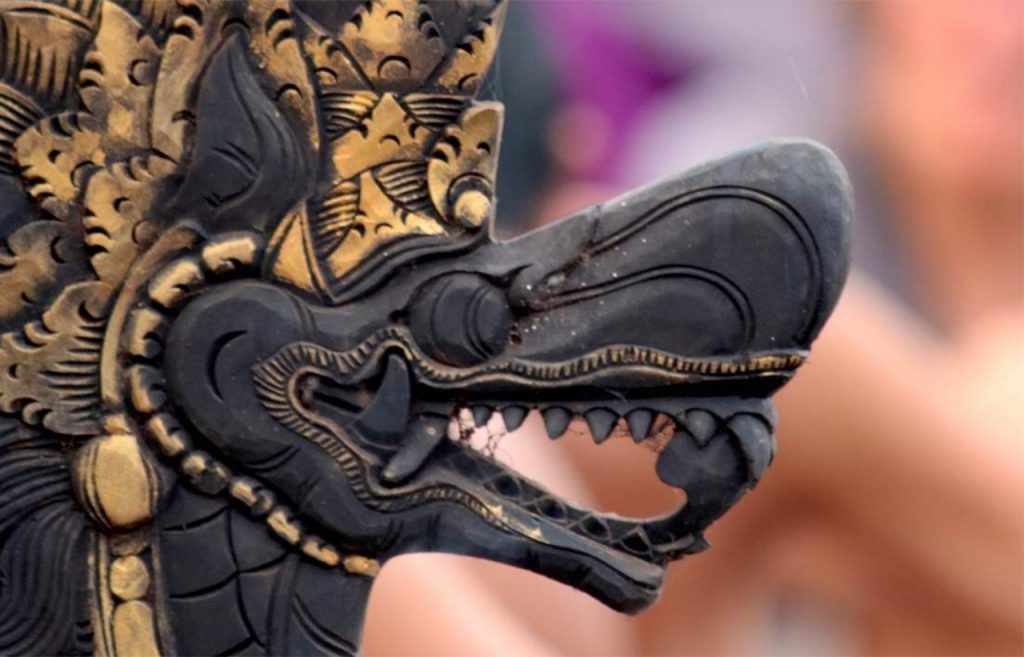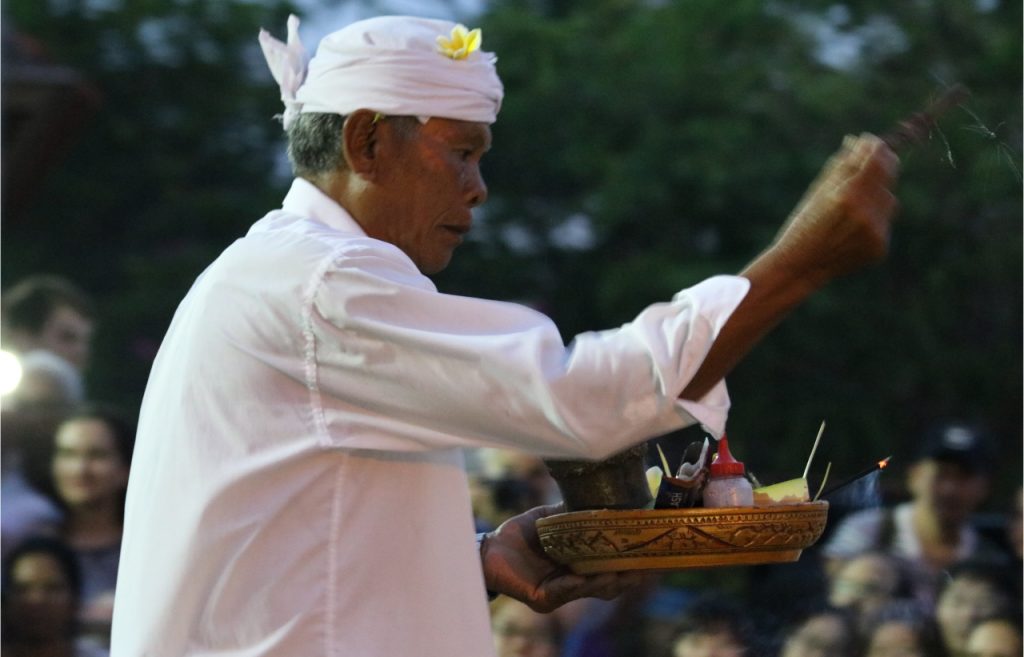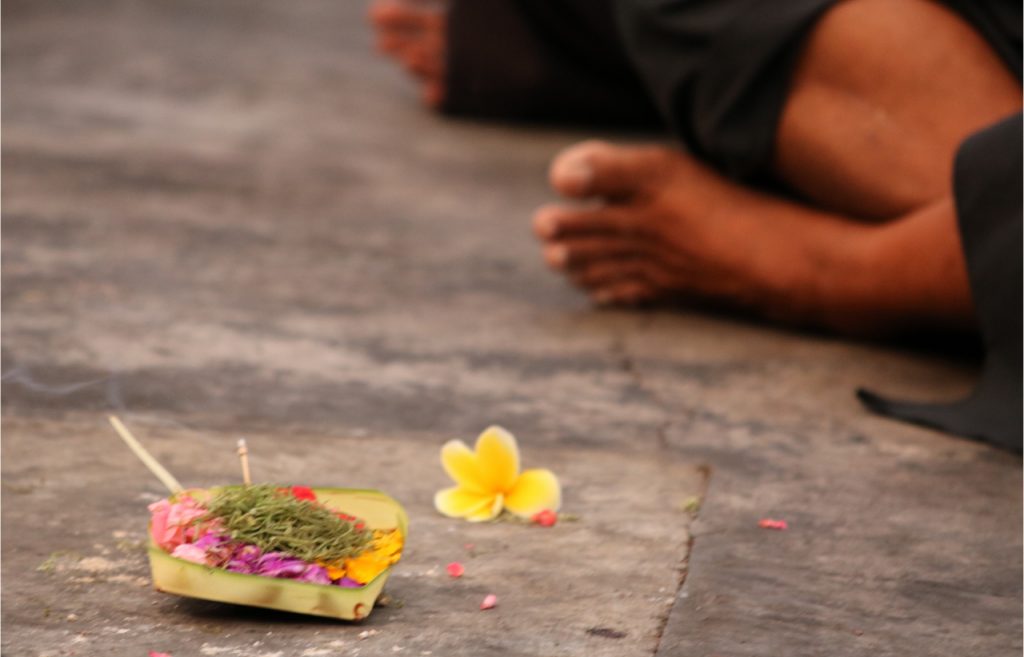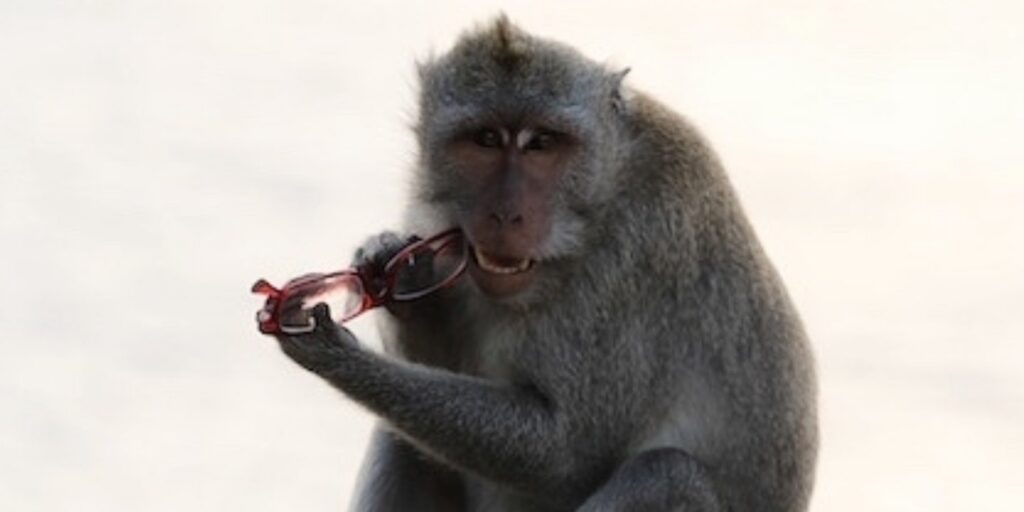They say children are the greatest teachers of all … To some of you it may sound a little bit strange. To me the lesson I learned in Uluwatu Temple from a young Balinese boy while watching the Kekac Dance made me think twice about its meaning.
Lesson learned …
Uluwatu Temple is one of the most magical places I had ever been. Bali’s oldest temple during the sunset holds something magical. The little boy was surrounded by all these far much older Balinese men who sang along. He sat next to his dad singing along “Cak! Cak! Cak! Cak!”. I was not that far away from where he sat and I watched him closely. He uttered no words into my ears, but his face sang a song of truthfulness. Belonging and believing. Love and respect for the Balinese past and ancestors altogether. I’m just a holiday photographer, yet I hope I captured something of this little boy’s truth in my pictures.
Uluwatu Temple
Definitely, this temple is a must see when in Bali! Pura Luhur Uluwatu as locals call it, Uluwatu Temple is known all over the world for being one of the six key temples of Bali. It also one of the top places on the island to go watch an unforgettable sunset.
The temple is perched on top of a steep cliff approximately 70 meters above sea level with views overlooking the beautiful Indian Ocean and daily Kecak Dance performances.
The name “Luhur” means “something of divine origin”; “ulu” stands for the “land’s end” and “watu” the “rock” in the old language. It is one of the nine directional temples of Bali meant to protect it from evil spirits. Hindu mythology says the rock is part of Dewi Danu’s petrified barque. Dewi Danu is the goddess of water and one of two supreme deities in the Balinese tradition.
The temple is inhabited by macaque monkeys, who are notorious for snatching visitors’ belongings. Trust me when I say that these monkeys are extremely skilled and unpredictable! Just read The Monkey Playing Harmonica story!
